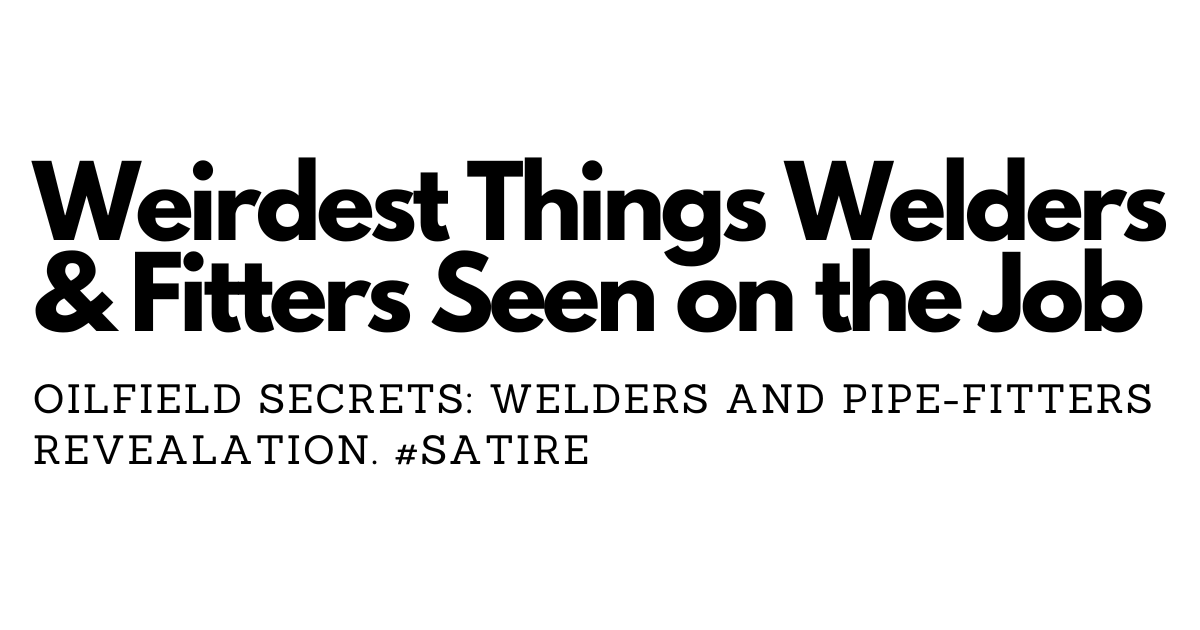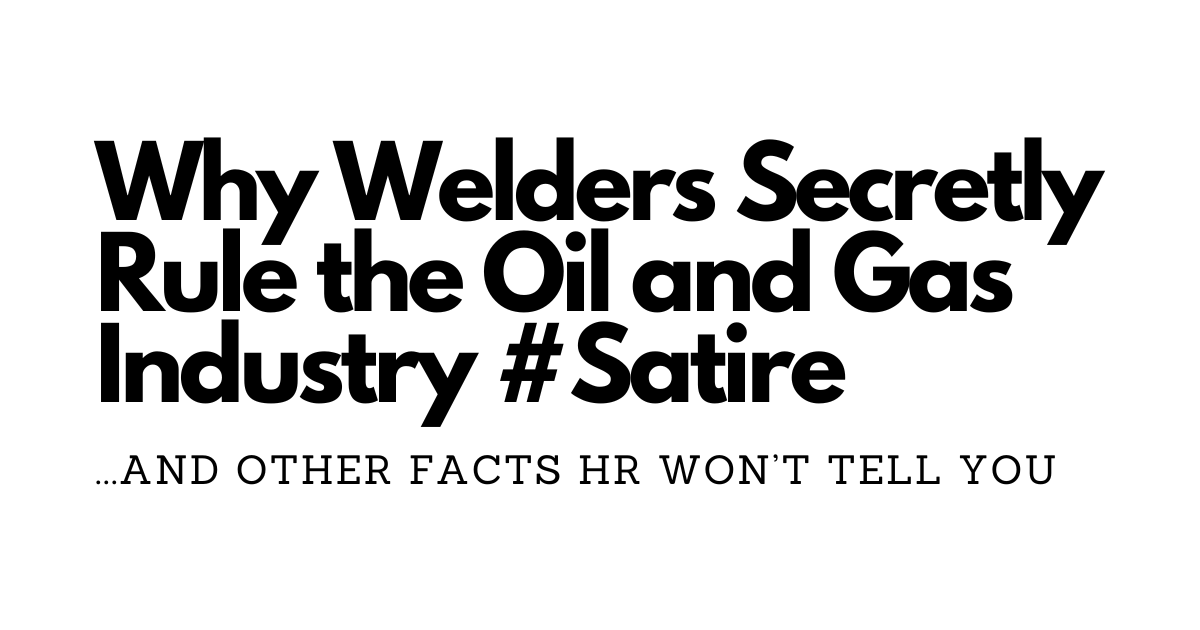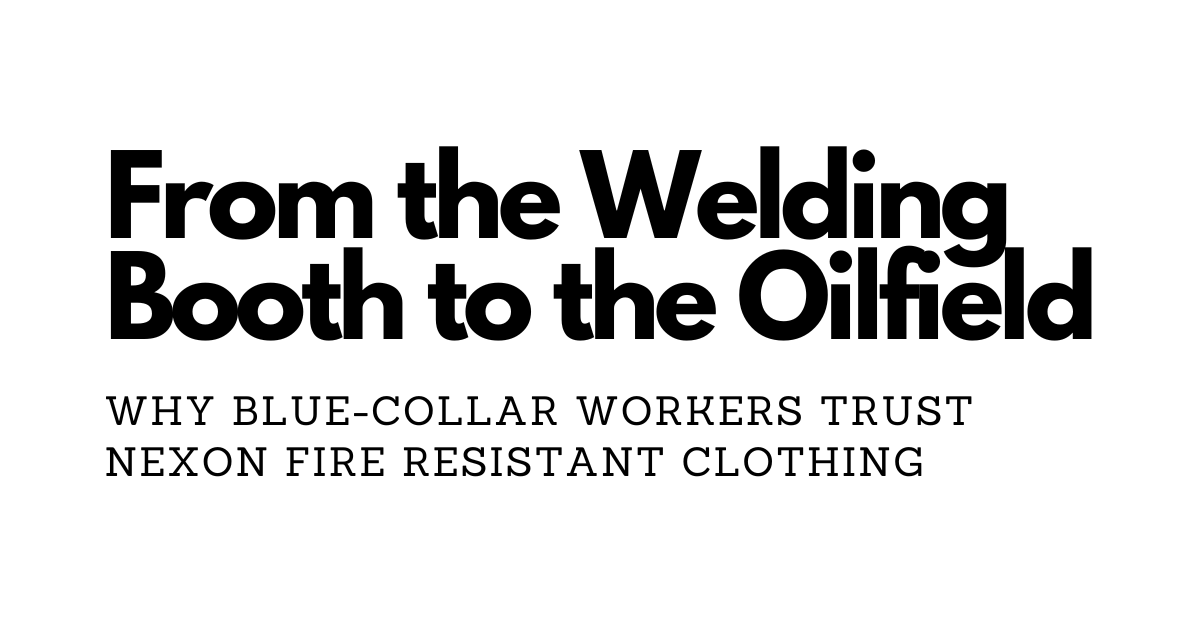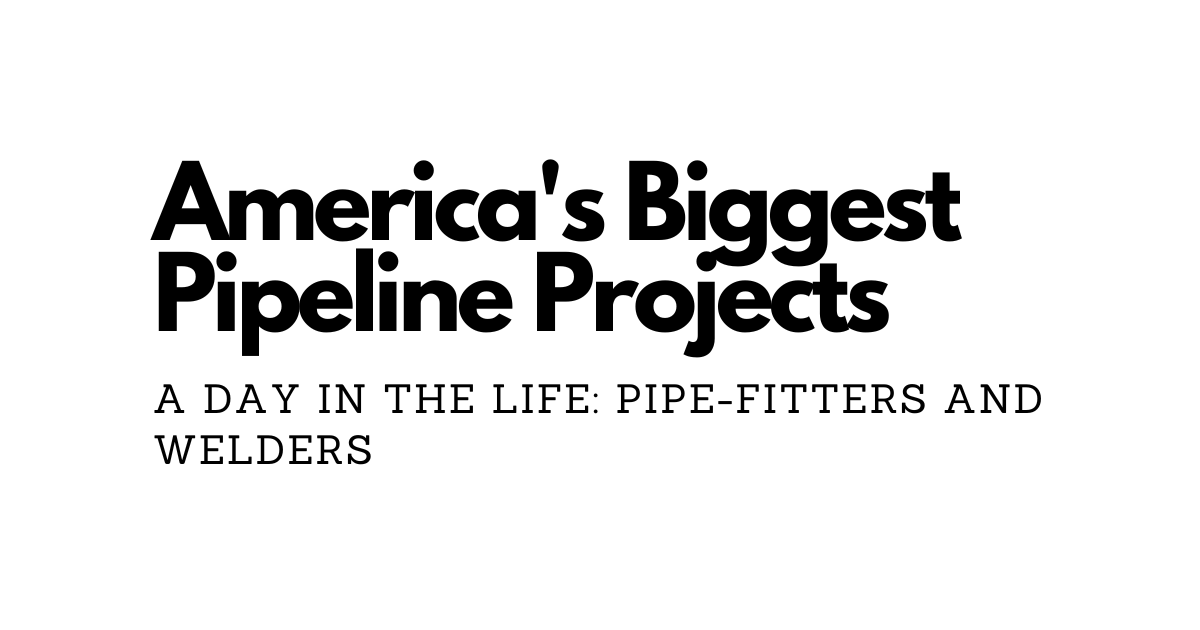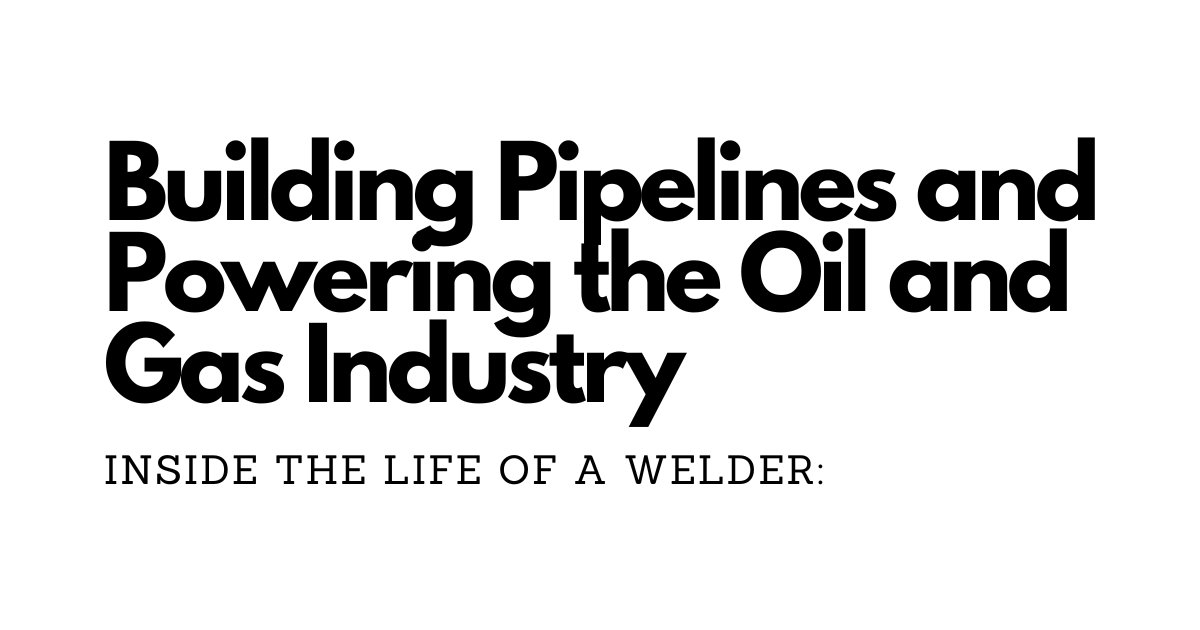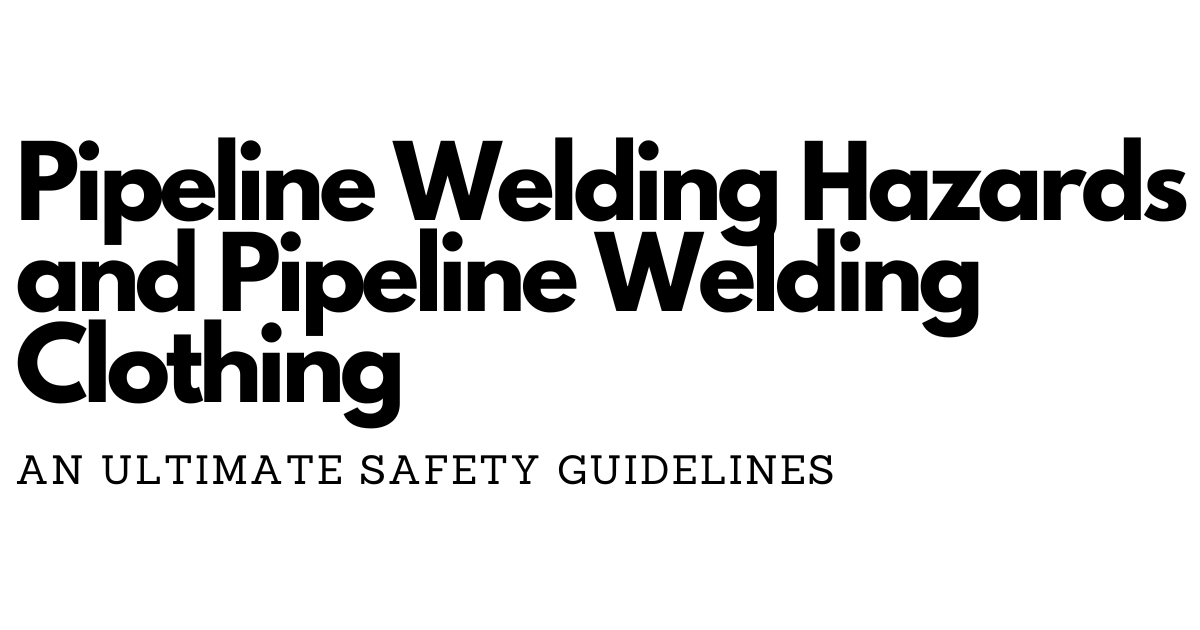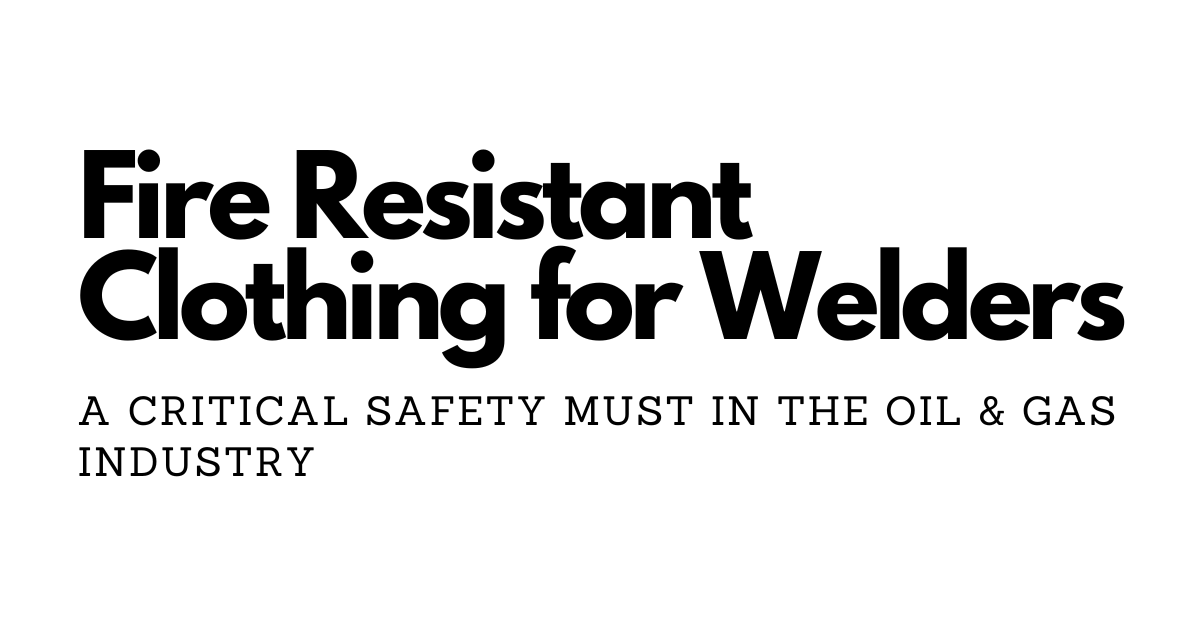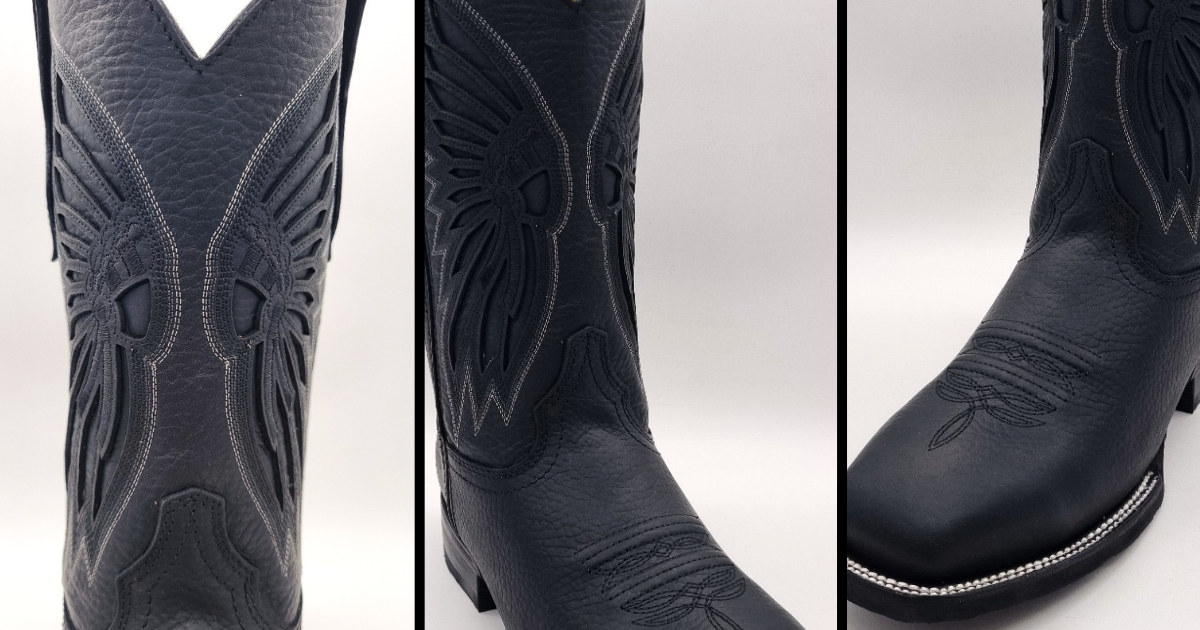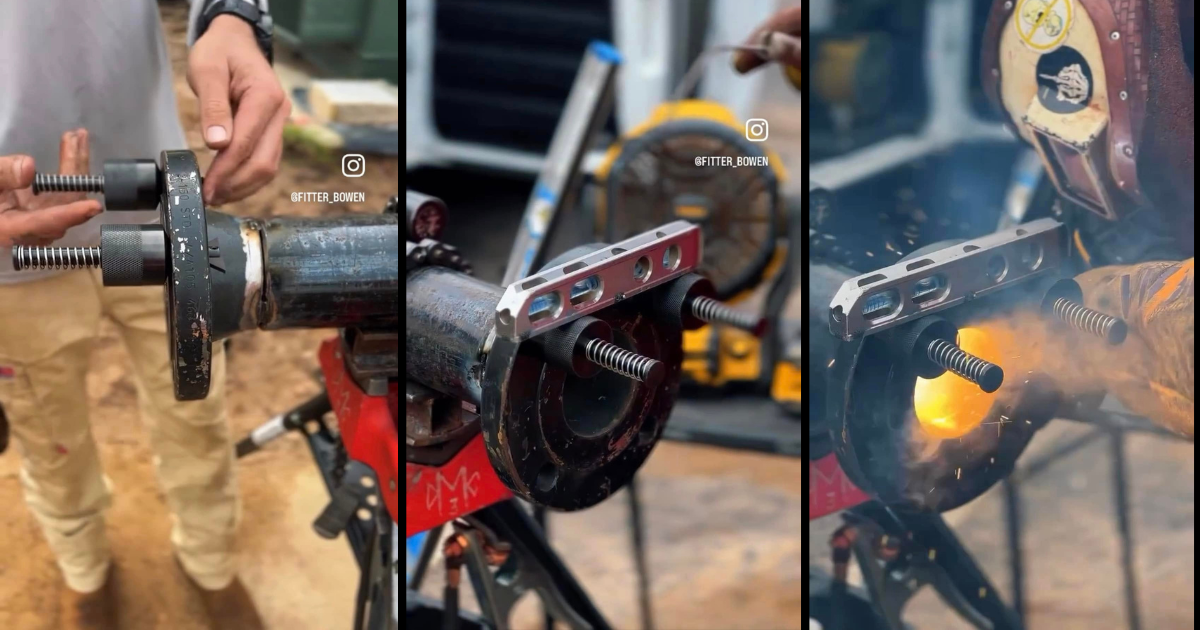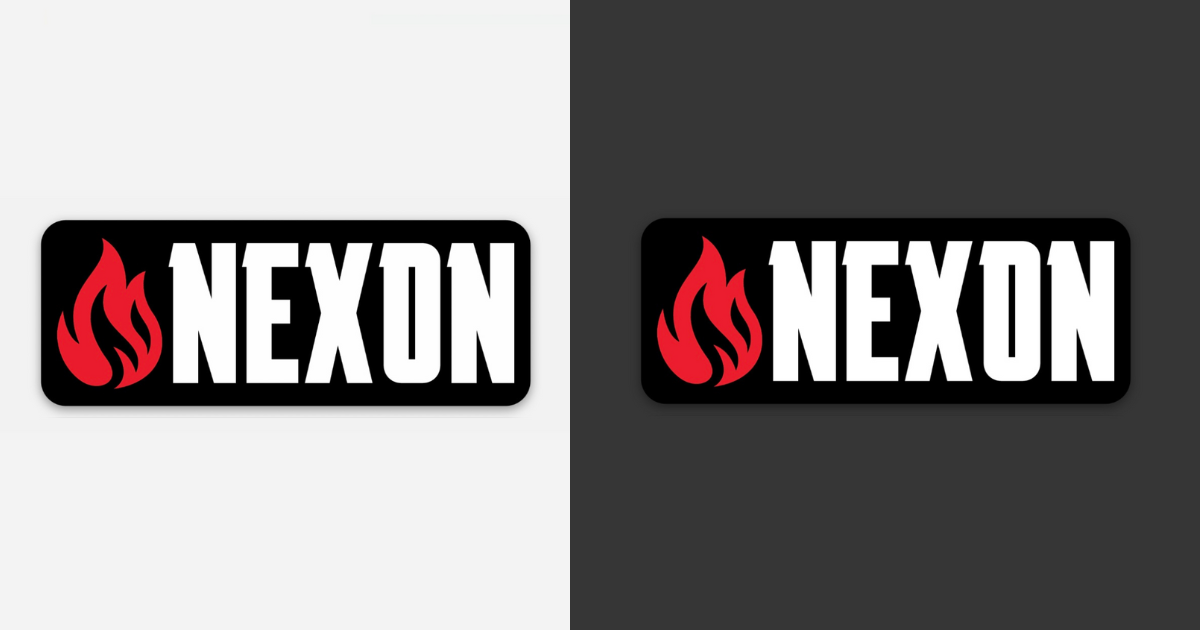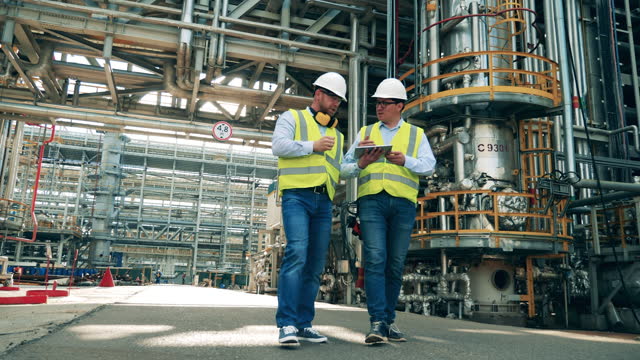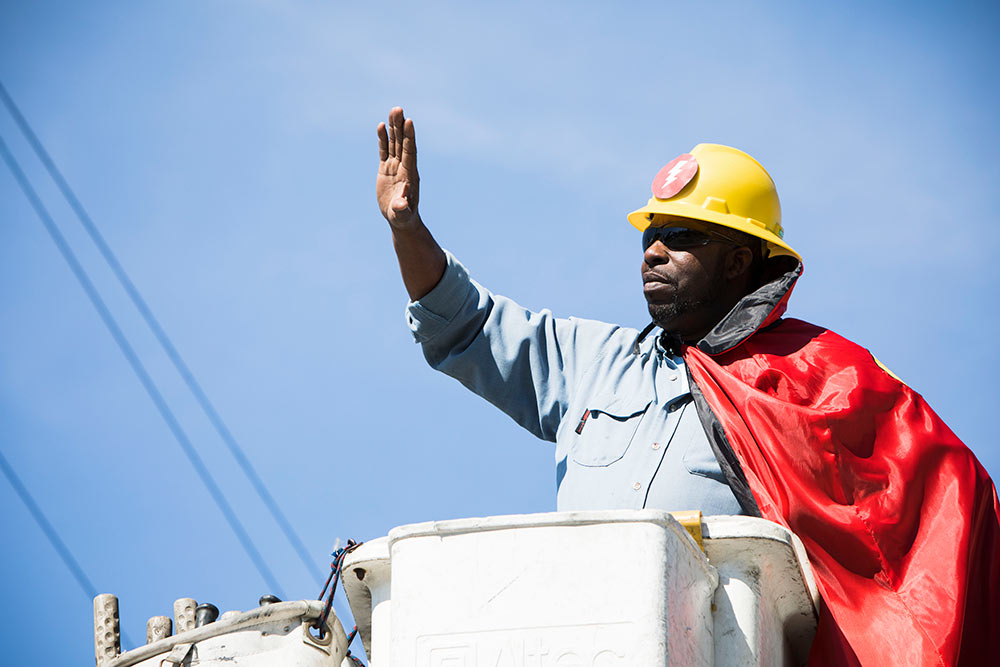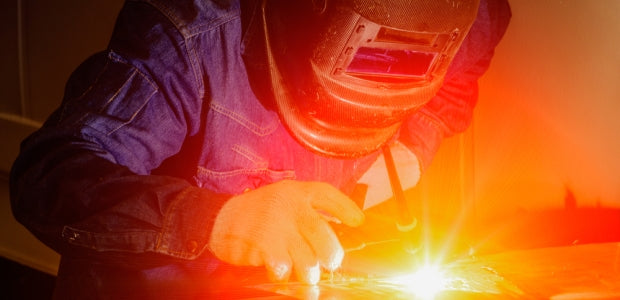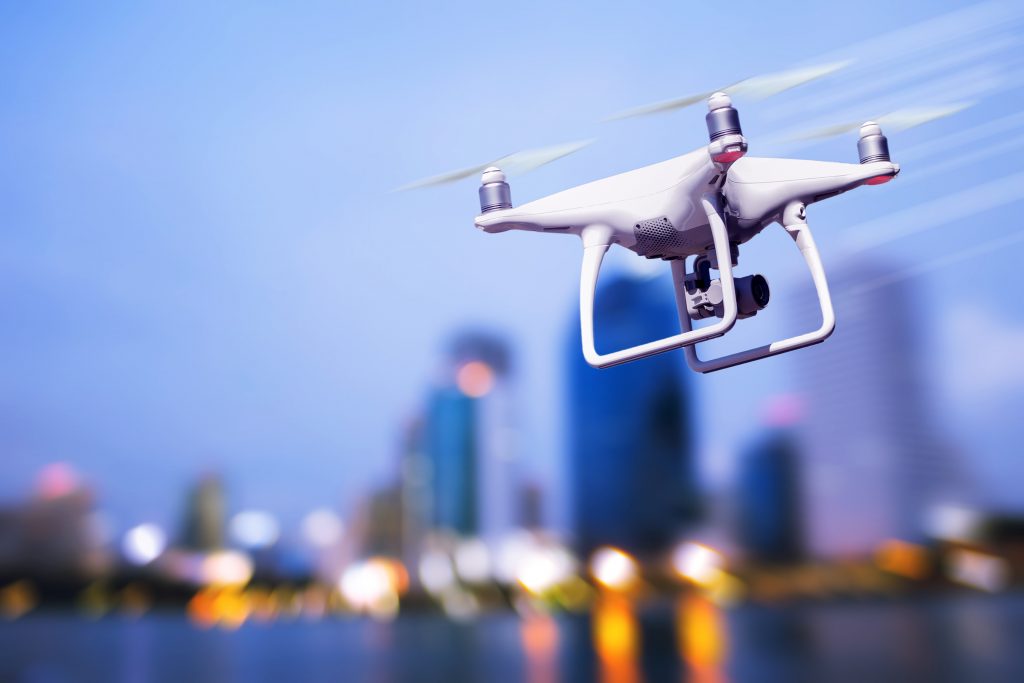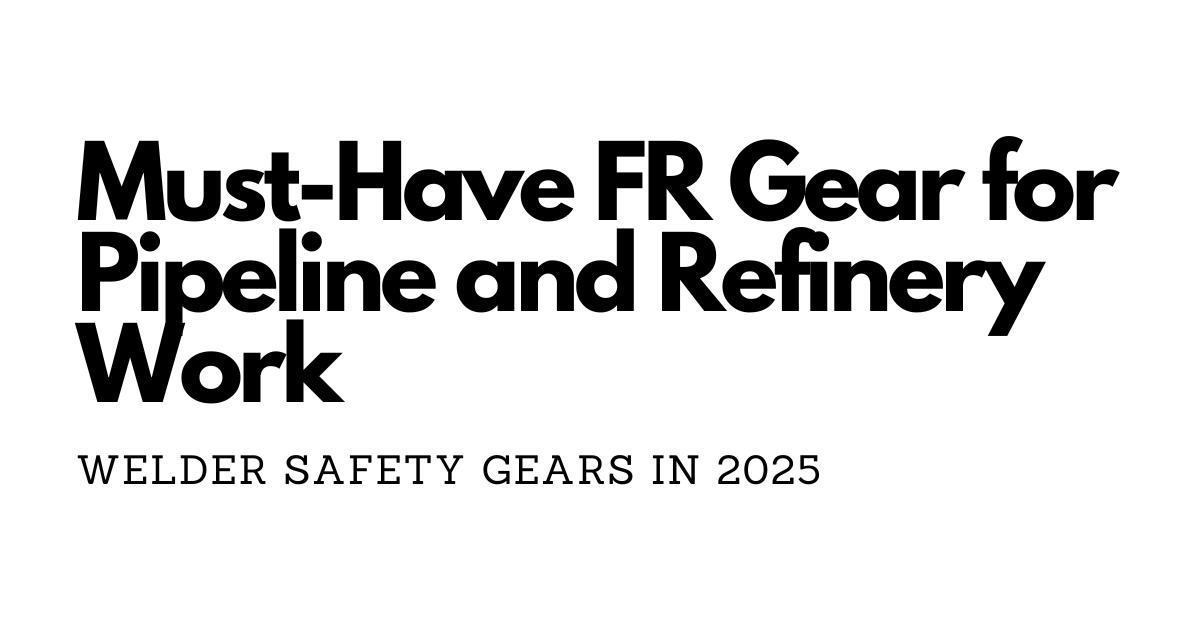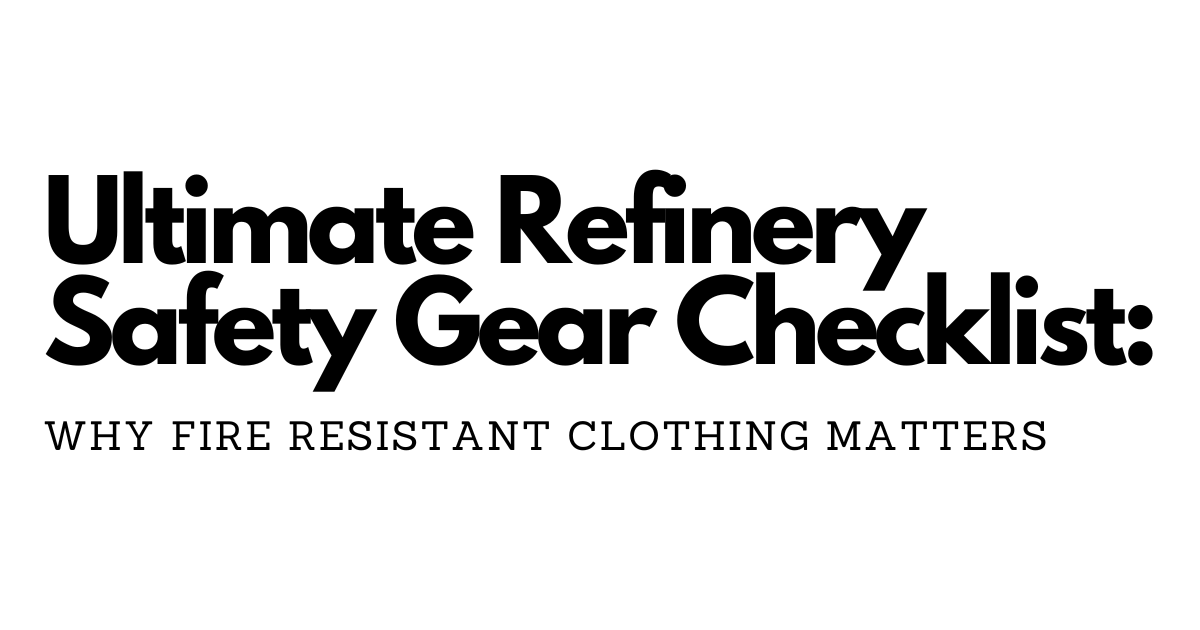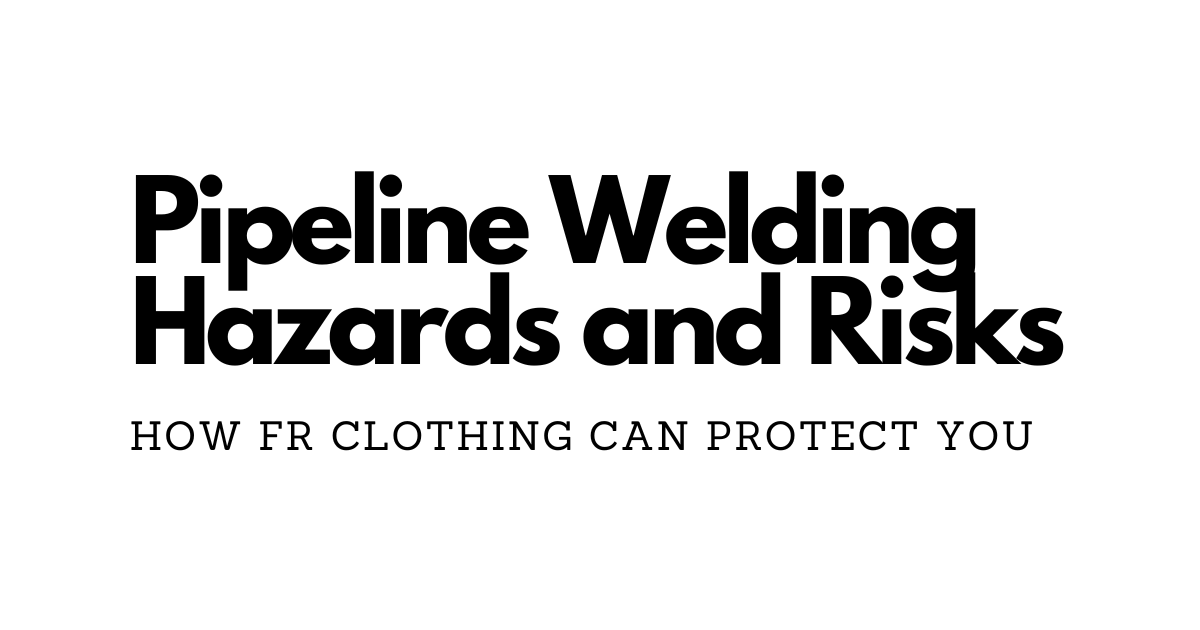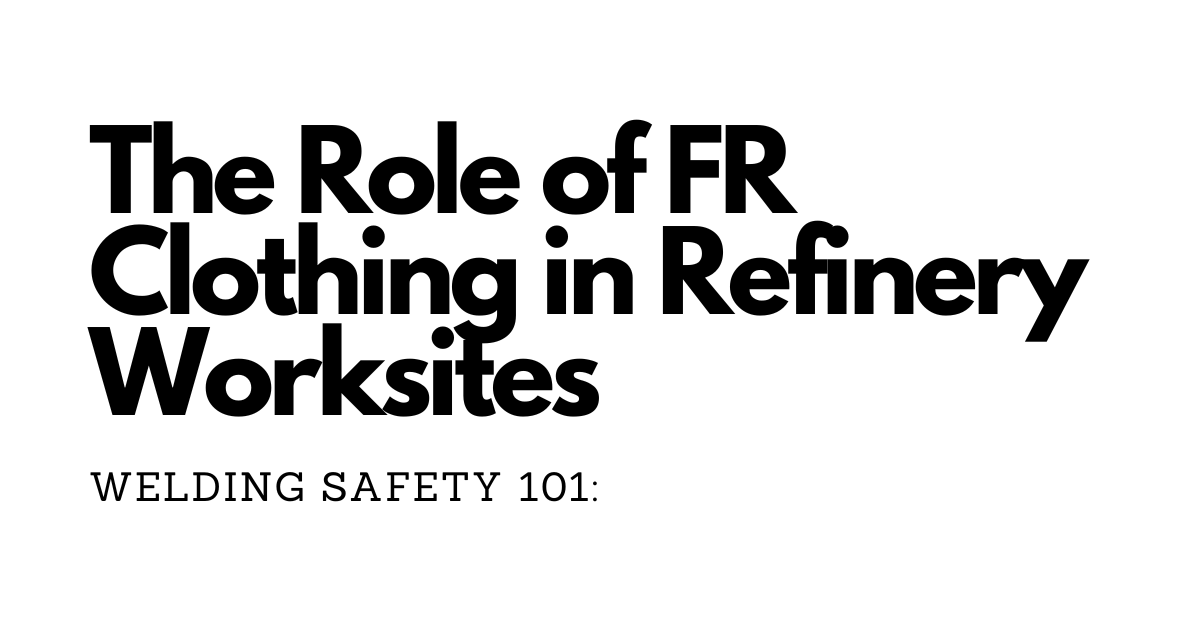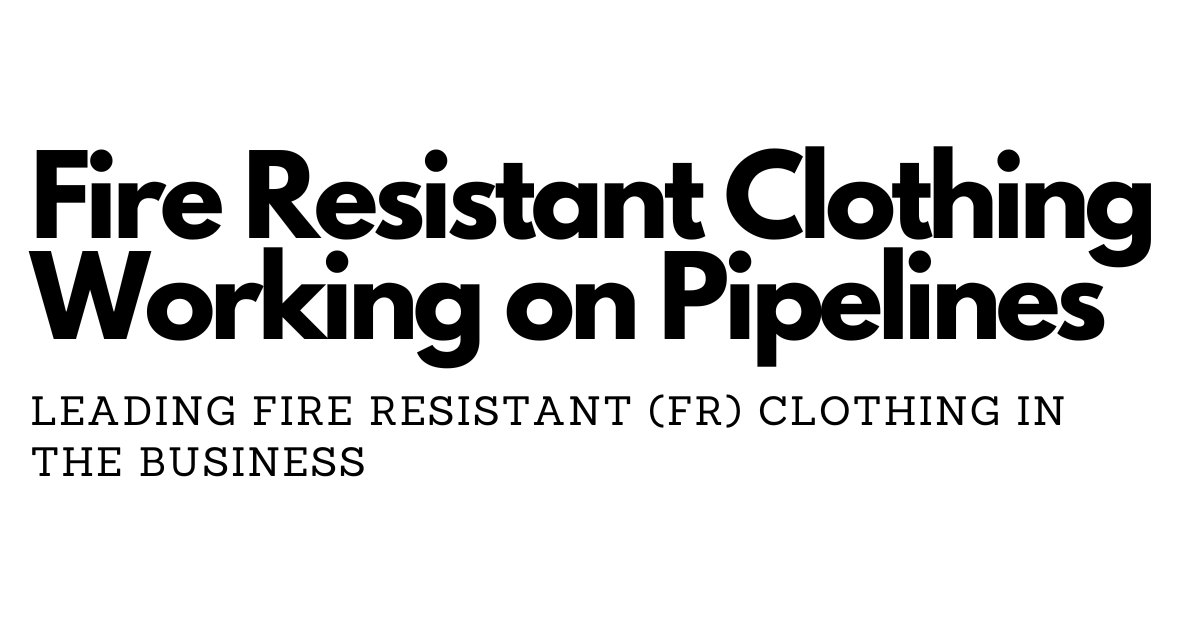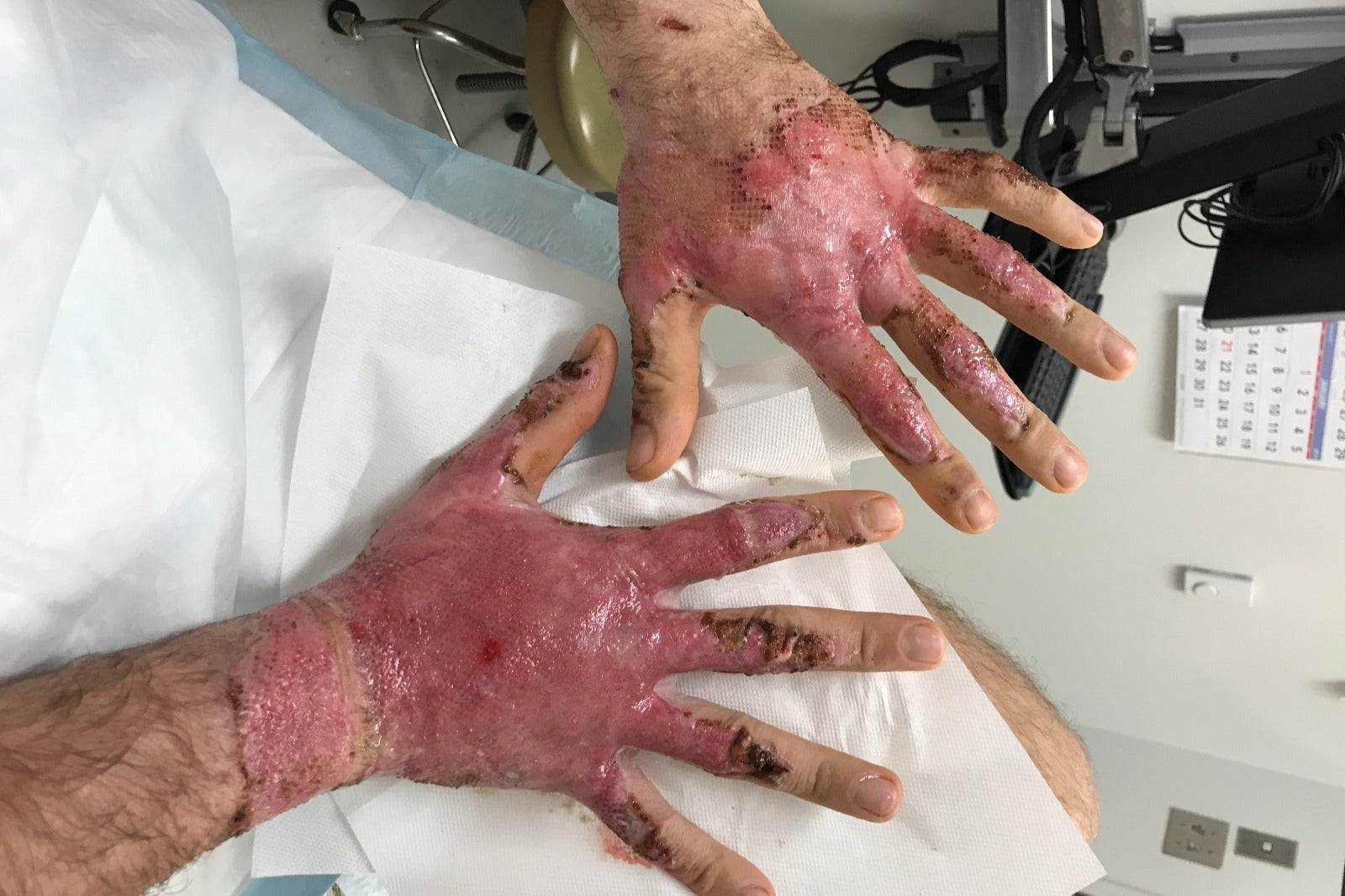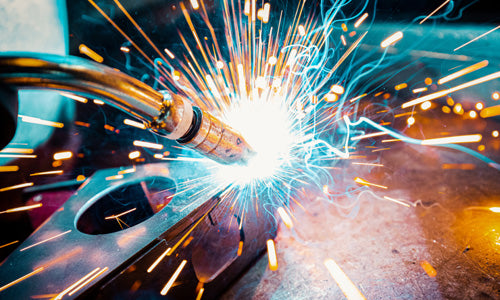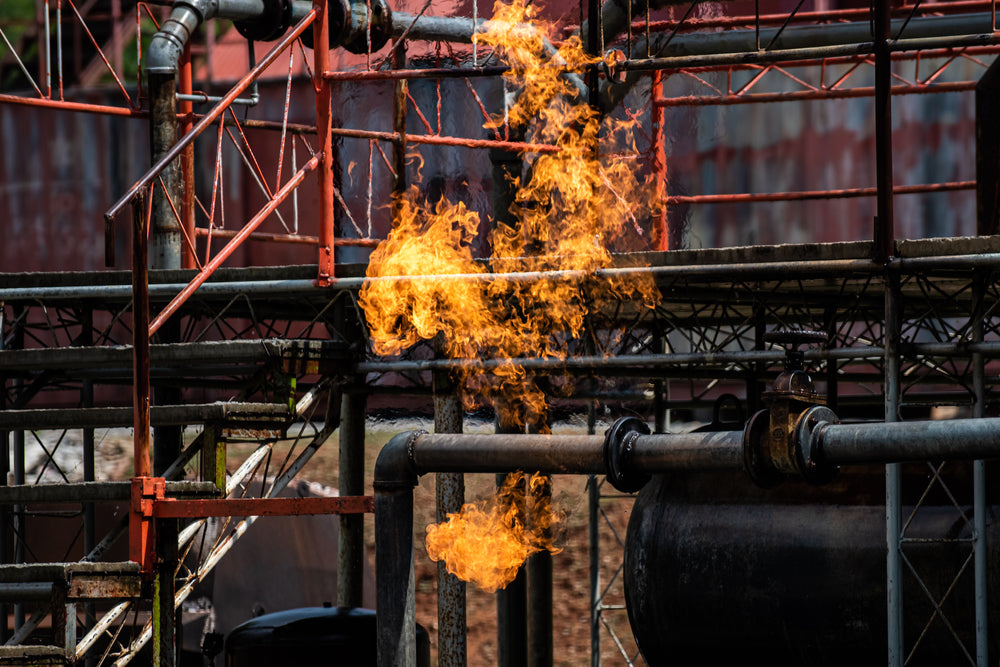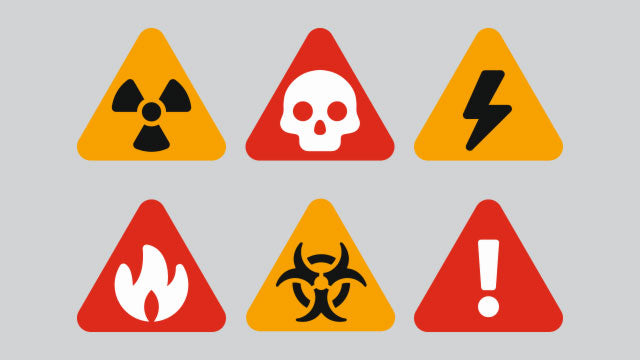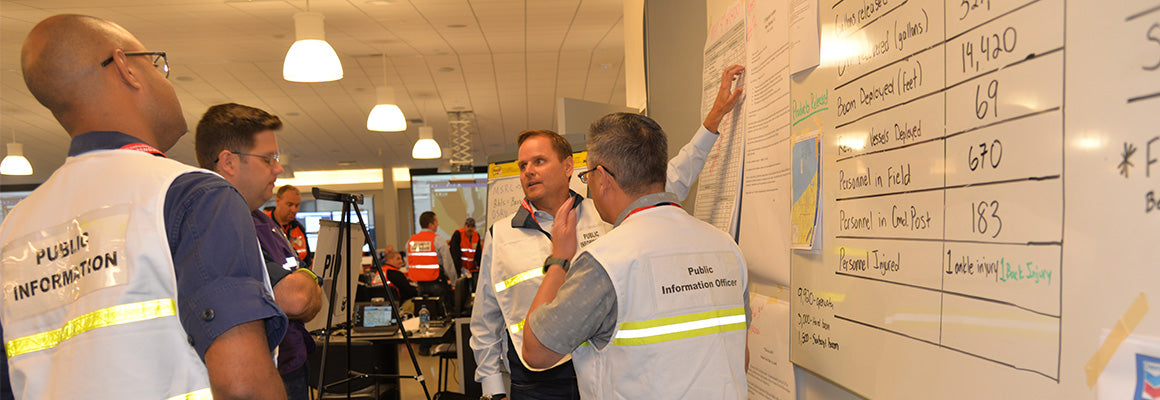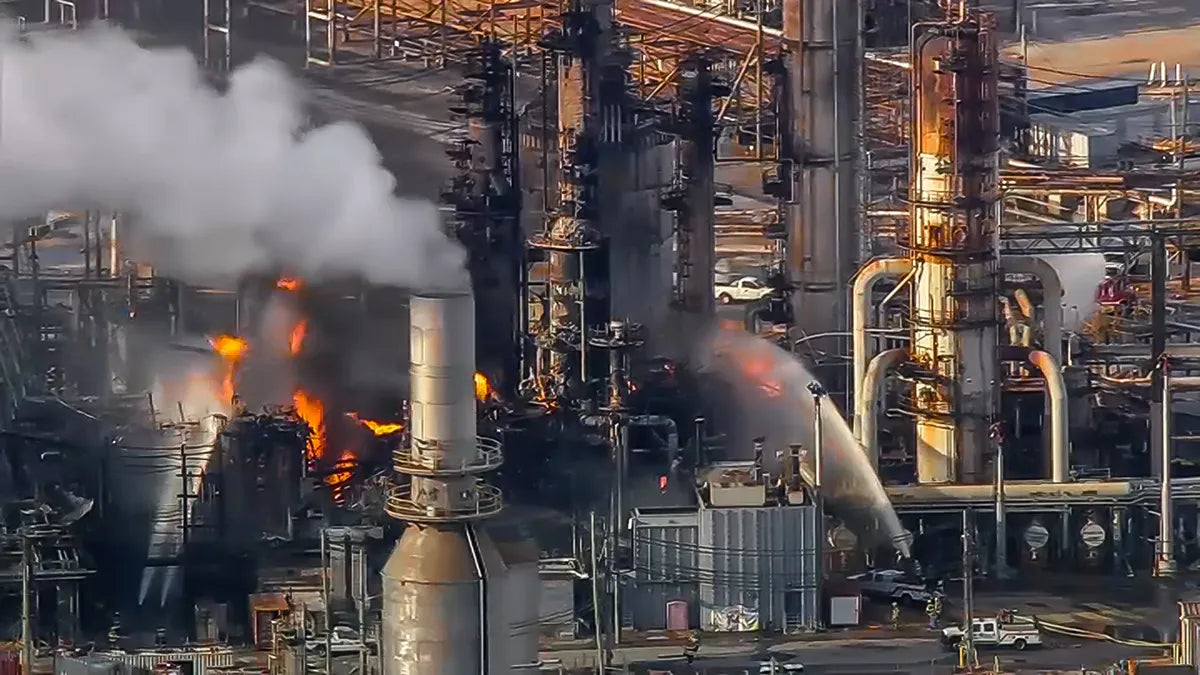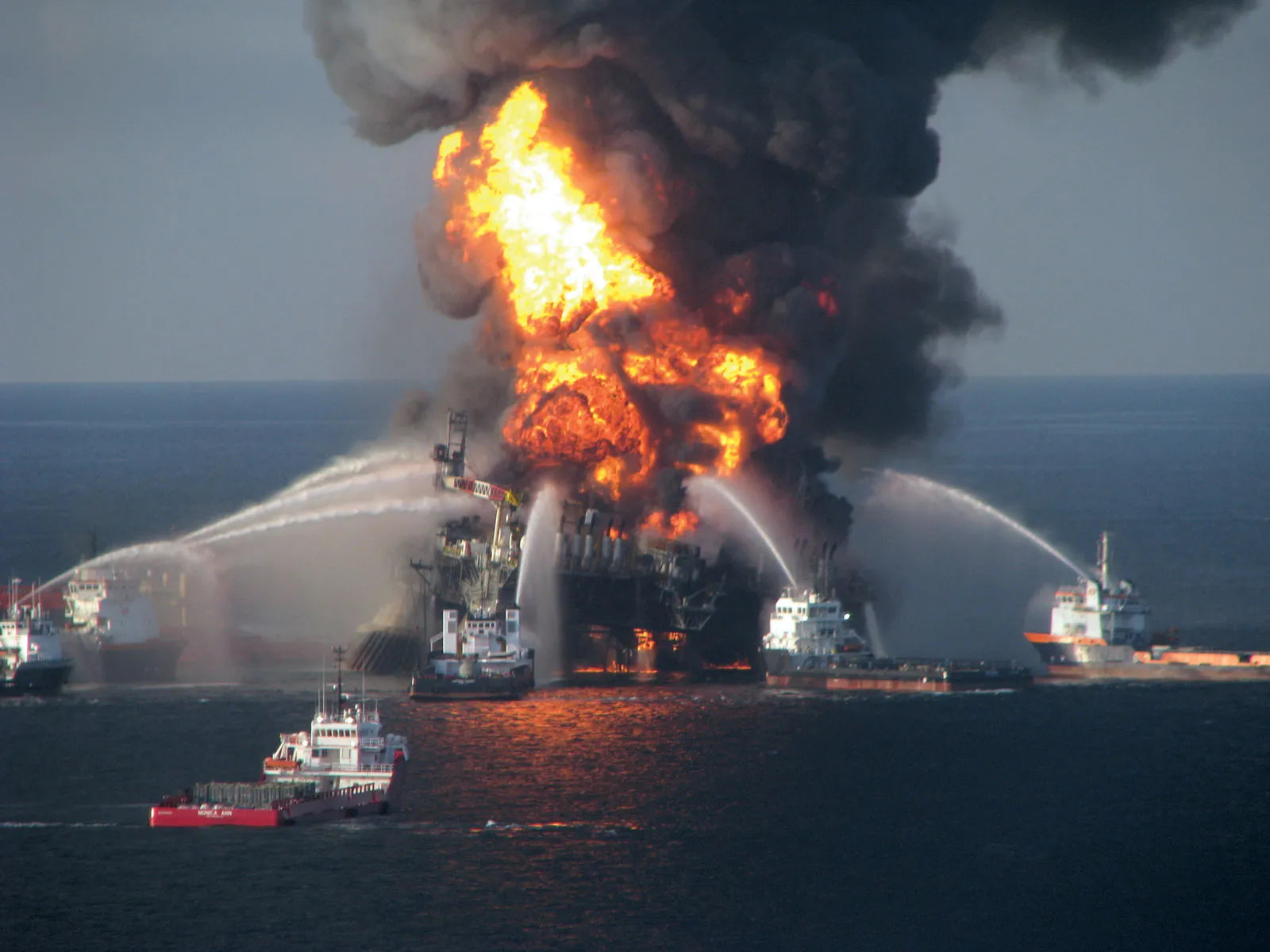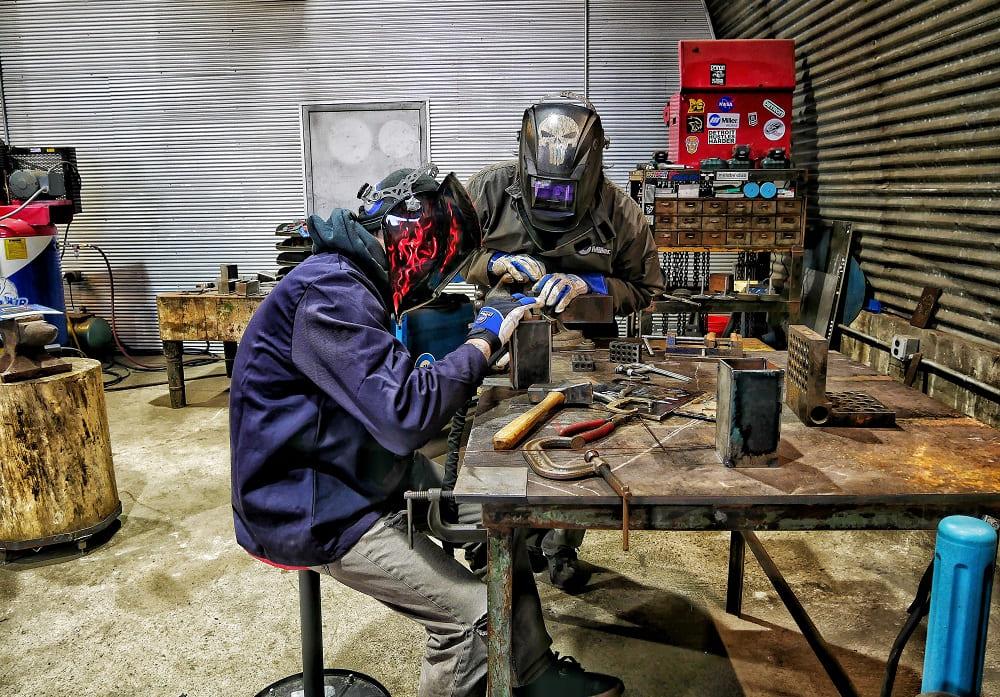
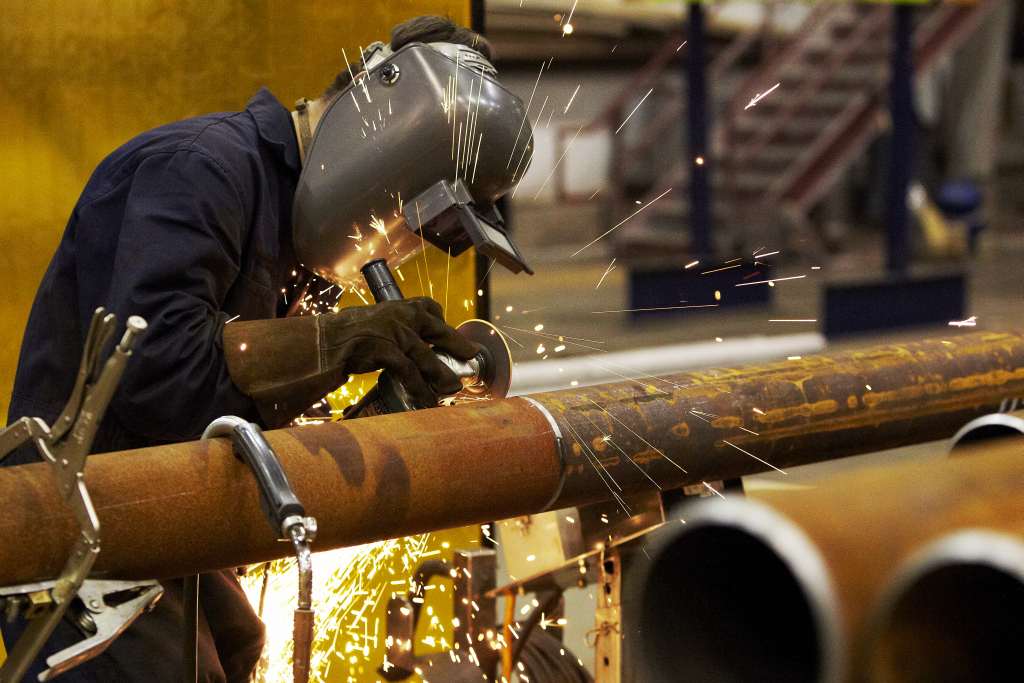
Pipefitting is a vital skill in the construction industry, as it involves the installation and maintenance of pipes that are used to transport liquids and gases. Whether you are a professional plumber or simply a DIY enthusiast, knowing the basics of pipefitting is essential for any plumbing project. Here is an overview of the basic pipefitting techniques and tools that you need to know.
- Measuring and cutting pipes: Before you can install pipes, you need to measure and cut them to the correct length. To measure pipes, you will need a tape measure or a pipe measuring tool. When cutting pipes, you will need a hacksaw, a pipe cutter, or a reciprocating saw. It is important to cut pipes as straight as possible to ensure a proper fit.
- Threading pipes: Threaded pipes are used when pipes need to be screwed together. To thread a pipe, you will need a pipe threading tool, which is used to cut threads into the end of the pipe. The threaded end of the pipe can then be screwed into a fitting or another threaded pipe.
- Flaring and swaging pipes: Flared and swaged pipes are used when pipes need to be connected using compression fittings. Flaring involves widening the end of a pipe so that it can fit into a compression fitting. Swaging, on the other hand, involves narrowing the end of a pipe so that it can fit into a compression fitting.
- Installing fittings: Fittings are used to connect pipes together or to change the direction of the pipe. There are several types of fittings, including couplings, elbows, tees, and reducers. To install fittings, you will need to use the appropriate adhesive, such as pipe dope or Teflon tape, to ensure a watertight seal.
- Joining pipes: There are several ways to join pipes together, including soldering, brazing, and welding. Soldering involves using a torch to heat the joint and then applying solder to the joint. Brazing is similar to soldering, but it involves using a higher temperature flame and a stronger filler metal. Welding involves melting the metal at the joint and then allowing it to cool and solidify.
- Testing for leaks: Once you have installed the pipes and fittings, it is important to test the system for leaks. You can do this by pressurizing the system and then checking for leaks using a soap solution. If you find any leaks, you will need to make repairs to ensure that the system is watertight.
In a pipefitting career, you need to have a combination of technical skills, practical experience, and professional qualities. Here are some tips on how to excel in a pipefitting career:
-
Develop technical skills: To become a successful pipefitter, you need to have a strong understanding of plumbing systems, piping materials, and installation techniques. This includes understanding how to read blueprints and schematics, how to select and install the correct fittings and pipes, and how to troubleshoot and repair plumbing systems. Consider taking technical courses or apprenticeship programs to improve your knowledge and skills.
-
Get practical experience: Practical experience is essential for becoming an expert in pipefitting. Look for opportunities to work on real-world projects and gain hands-on experience under the supervision of an experienced pipefitter. You can also participate in workshops, training sessions, and industry events to expand your knowledge and learn new techniques.
-
Stay up-to-date with industry trends: The plumbing industry is constantly evolving, with new technologies and materials emerging all the time. Stay informed about industry trends and best practices by reading trade publications, attending industry events, and networking with other professionals.
-
Develop problem-solving skills: Pipefitting requires a lot of problem-solving skills, as you need to be able to troubleshoot and repair plumbing systems when issues arise. Develop your problem-solving skills by practicing critical thinking, learning from your mistakes, and asking for feedback from experienced professionals.
-
Be safety-conscious: Safety is of utmost importance in pipefitting. Always follow safety protocols, wear appropriate protective gear, and ensure that your work environment is safe for you and others.
-
Be professional: Professionalism is key to success in any career. Be punctual, reliable, and respectful to your clients, colleagues, and supervisors. Maintain a positive attitude and work ethic, and always strive for excellence in everything you do.
By following these tips, you can develop the skills and qualities necessary to become the best in a pipefitting career. With dedication, hard work, and a commitment to continuous learning and improvement, you can achieve success and satisfaction in this rewarding field.
In conclusion, pipefitting is a vital skill for anyone involved in plumbing or construction. By understanding the basics of measuring and cutting pipes, threading pipes, flaring and swaging pipes, installing fittings, joining pipes, and testing for leaks, you can ensure that your plumbing projects are completed correctly and safely. With practice and experience, you can become proficient in pipefitting and tackle more complex plumbing projects with confidence.
